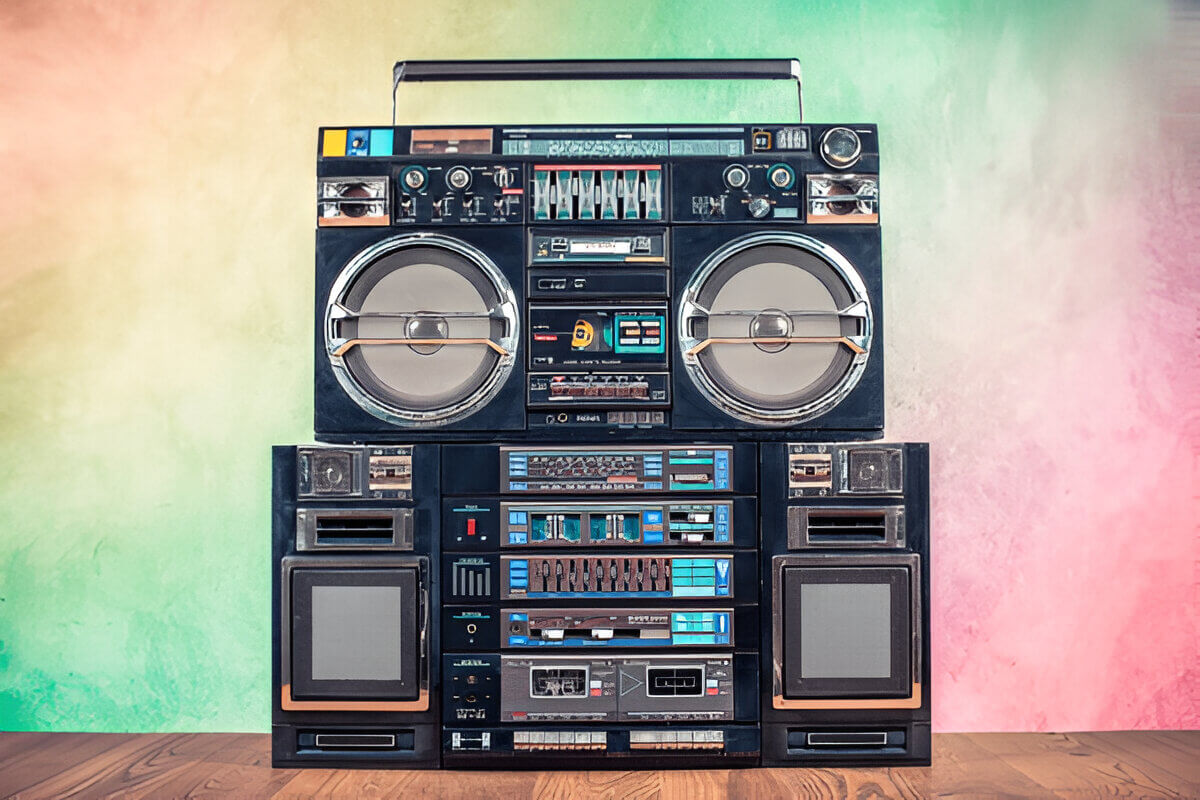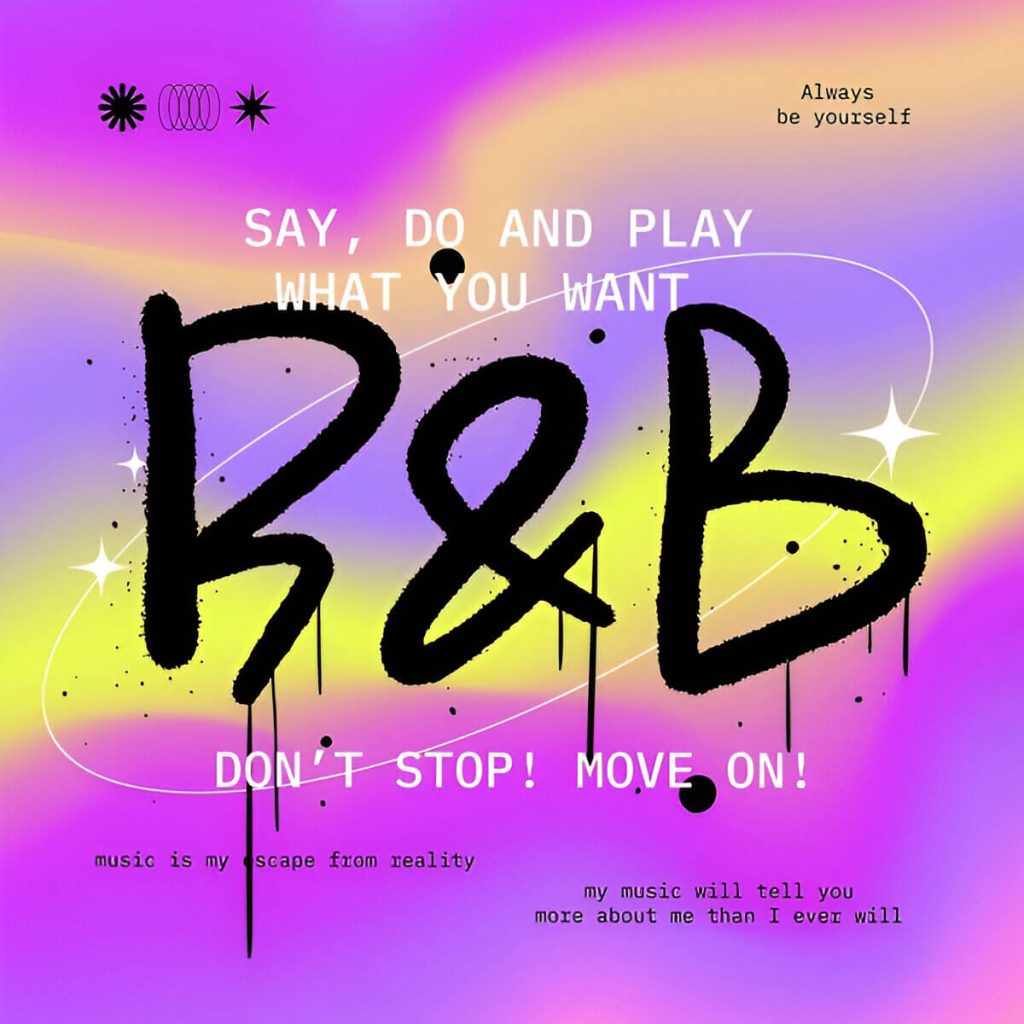
Rhythm and Blues, commonly abbreviated as R&B, is a genre that has profoundly influenced the music landscape over the decades. To truly understand what defines R&B music, it’s essential to explore its roots and characteristics that set it apart. Originating in the African American communities in the 1940s, R&B was initially used as a term for popular music with a jazz influence and heavy emphasis on rhythm.
One of the defining features of R&B is its blend of soulful melodies with strong backbeats. This combination creates an emotive sound that resonates deeply with listeners. The genre often incorporates elements from other styles such as gospel, blues, jazz, and funk, which contribute to its rich and diverse soundscape.
R&B genre characteristics include smooth vocal delivery often accompanied by complex harmonies. The lyrics typically delve into themes of love, relationships, and emotional experiences, making it relatable to a wide audience. Additionally, rhythm plays a crucial role in shaping the essence of R&B music; syncopated beats and groove-oriented bass lines are hallmark traits that drive many tracks within this genre.
As you explore rhythm and blues music further, you’ll notice its evolution over time-from early pioneers like Ray Charles to contemporary artists who continue to push boundaries while maintaining the core elements that define this enduring style. Understanding these aspects offers insight into why R&B remains an influential force in modern music today.
The Historical Roots of R&B
The history of rhythm and blues, commonly known as R&B, is a rich tapestry that traces back to the early 20th century. Emerging from the African American communities, R&B’s origins are deeply intertwined with the experiences and expressions of its creators. The genre began as a blend of jazz, gospel, and blues, a musical style that resonated with the struggles and triumphs of life in urban America.
In its infancy during the 1940s, R&B was characterized by a distinctive beat and soulful melodies. Early R&B artists like Ray Charles, Ruth Brown, and Fats Domino were instrumental in shaping this new sound. Their music not only captivated audiences but also laid the groundwork for future genres such as rock ‘n’ roll.
As we explore the evolution of R&B through subsequent decades, it’s clear that it has continually adapted to reflect cultural shifts while maintaining its core essence. From Motown’s smooth harmonies in the 1960s to contemporary artists who infuse hip-hop influences into their tracks today, R&B remains a dynamic force in music. Understanding where it all began provides valuable insight into how this beloved genre continues to evolve and inspire new generations of musicians worldwide.
Musical Characteristics That Set R&B Apart

Rhythm and Blues, commonly known as R&B, is a genre that has captivated audiences with its soulful sound and emotive delivery. One of the defining musical elements of R&B is its distinctive blend of rhythm and melody, which creates a smooth yet dynamic soundscape. The instrumentation in R&B often includes a rich combination of bass guitars, pianos, and brass instruments, contributing to its unique sonic texture. These elements work together to form the backbone of the genre’s groove-centric approach.
The vocal styles in R&B music are another hallmark that sets it apart. Singers typically employ a range of techniques such as melisma (where multiple notes are sung on a single syllable) to convey deep emotion and showcase their vocal prowess. This expressive style allows artists to connect with listeners on an emotional level, delivering performances that are both powerful and intimate.
Overall, the distinctive sound of rhythm and blues lies in its ability to fuse these musical components into a cohesive whole that resonates with authenticity and passion. Whether through instrumental arrangements or vocal expressions, R&B continues to be a genre that not only entertains but also moves the soul.
The Evolution of R&B Through the Decades
The evolution of R&B through the decades is a fascinating journey that reflects broader cultural shifts and technological advancements. Classic R&B, emerging in the mid-20th century, laid its foundation with soulful vocals and blues-inspired melodies. As we moved into the 80s and 90s, R&B hits became synonymous with artists like Whitney Houston, Boyz II Men, and Toni Braxton. This era was characterized by its smooth production styles, lush harmonies, and the integration of electronic instruments which gave rise to a more polished sound.
In contrast, modern R&B has transformed significantly from its predecessors. Contemporary rhythm and blues trends showcase a fusion of genres such as hip-hop, pop, and electronic music. Artists today experiment with diverse sounds and production techniques while maintaining the emotive core that defines R&B. This transformation in sound over time highlights not only technological advancements but also changes in audience preferences.
The debate between modern vs classic R&B often centers around authenticity versus innovation. However, both eras contribute uniquely to the genre’s rich tapestry—classic R&B providing timeless hits that continue to influence new generations of artists while modern R&B pushes boundaries to keep the genre fresh and relevant in today’s musical landscape.
The Influence of Iconic R&B Artists on the Genre’s Definition
The rhythm and blues genre, with its soulful melodies and emotive lyrics, has been shaped significantly by a host of legendary artists whose influence transcends the music industry. Famous rhythm and blues musicians such as Ray Charles, Aretha Franklin, and Marvin Gaye have not only defined what R&B sounds like but have also left an indelible mark on popular culture.
Ray Charles, often hailed as the pioneer of soul music, merged gospel with R&B to create a sound that was both innovative and deeply moving. His ability to blend different musical styles paved the way for future artists to experiment within the genre. Aretha Franklin, known as the “Queen of Soul,” brought a powerful voice and commanding presence that elevated R&B to new heights. Her music became synonymous with empowerment and has inspired countless artists across various genres.
Marvin Gaye’s contributions further illustrate the profound impact of these influential figures in R&B music history. His socially conscious themes in albums like “What’s Going On” challenged societal norms and encouraged listeners to reflect on issues such as civil rights and environmentalism. These legendary artists not only crafted timeless hits but also used their platforms to address important cultural conversations.
The impact on popular culture by these legendary artists is evident in how their work continues to resonate today. Modern musicians frequently cite them as inspirations, proving that their legacy endures through generations. As we explore the evolution of R&B, it’s clear that these iconic figures have played a pivotal role in defining the genre’s essence while influencing broader cultural narratives around identity, resilience, and change.
The Cultural Impact and Significance of R&B Music Today
R&B music, or rhythm and blues, has long been a powerful force in shaping the cultural landscape. Its sociocultural influence extends far beyond its rhythmic beats and soulful melodies, serving as a cornerstone for modern pop culture. The genre’s roots can be traced back to the African American communities of the early 20th century, where it emerged as an expressive outlet amidst social challenges.
The significance of R&B in shaping modern pop culture cannot be overstated. It has influenced countless artists across various genres, from hip-hop to rock and roll, infusing mainstream music with its distinctive sound and emotional depth. Icons like Aretha Franklin, Marvin Gaye, and Stevie Wonder have not only contributed timeless classics but also paved the way for contemporary artists who continue to draw inspiration from their legacy.
For African American communities, R&B holds particular importance as both a historical record and a form of cultural expression. Through its evolution over the decades, the genre has addressed themes of love, struggle, empowerment, and resilience, reflecting the collective experiences and aspirations of these communities. In doing so, R&B music remains a vital narrative tool that speaks to both personal identity and broader societal issues.
Today’s R&B continues to evolve while maintaining its core essence, a testament to its enduring relevance in our ever-changing world. As we listen to current hits that blend traditional elements with new sounds and technologies, it becomes clear that rhythm and blues will always play an integral role in defining our cultural identity.
The Future Trajectory for R&B Music
As we look toward the future trajectory of Rhythm & Blues (R&B) music, it’s clear that this genre will continue to evolve while honoring its rich legacy. With its roots deeply embedded in African American culture, R&B has always been a reflection of societal changes and personal expression. As technology advances and new musical influences emerge, R&B artists are increasingly experimenting with diverse sounds and production techniques, blending traditional elements with modern innovations.
The digital age offers unprecedented opportunities for R&B musicians to reach global audiences through streaming platforms and social media. This accessibility allows for greater experimentation and collaboration across genres, leading to fresh interpretations of classic R&B themes such as love, heartbreak, and resilience.
Moreover, the rise of independent music production empowers emerging artists to share their unique voices without the constraints of traditional record labels. This democratization of music creation ensures that R&B will remain a dynamic field where new talents can thrive alongside established icons.
In conclusion, while the core essence of Rhythm & Blues remains intact (characterized by its emotive vocals and soulful melodies) the genre is poised for continued innovation. As it adapts to changing cultural landscapes and embraces technological advancements, R&B will undoubtedly maintain its influential role in shaping the broader music industry.
